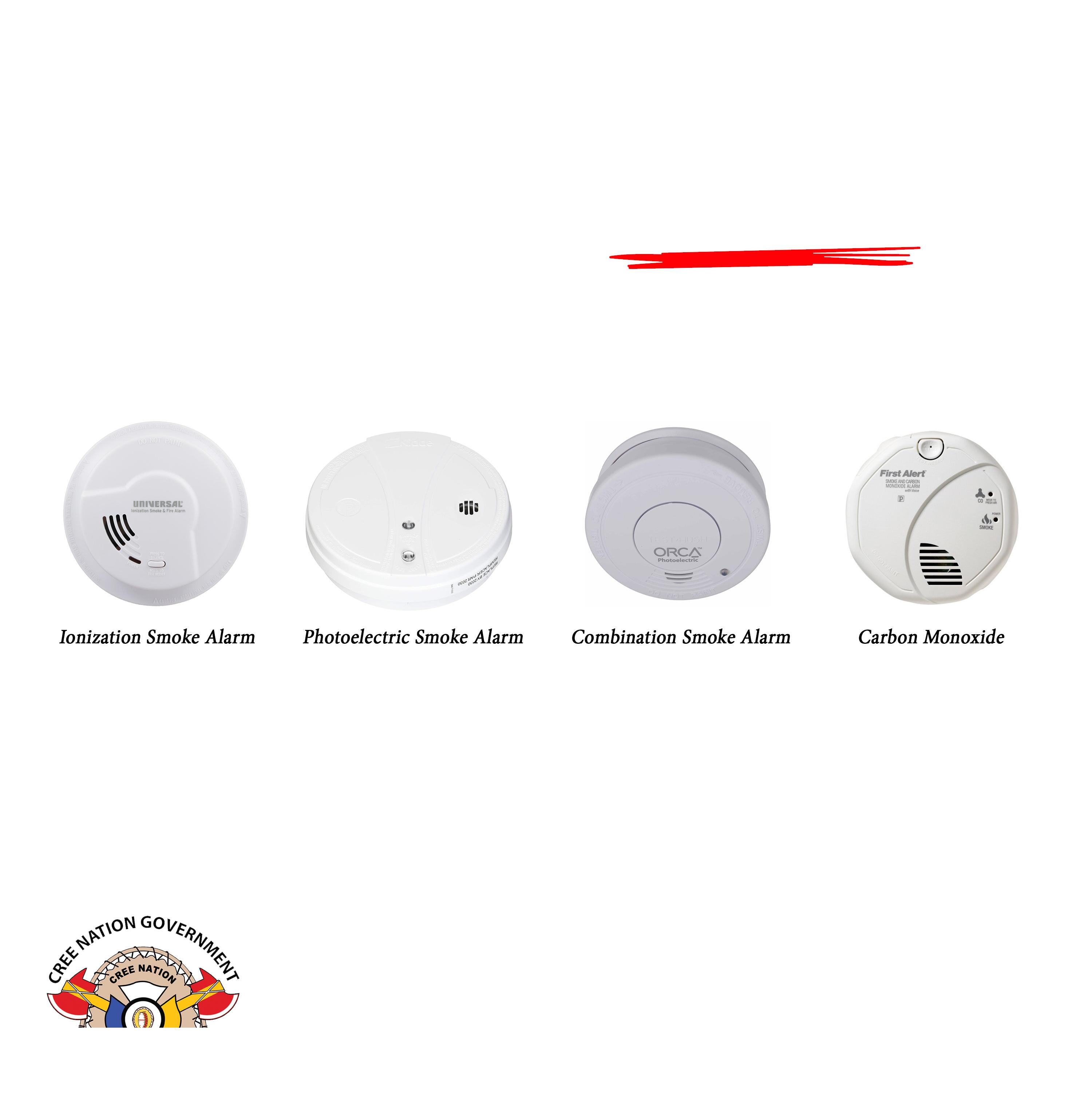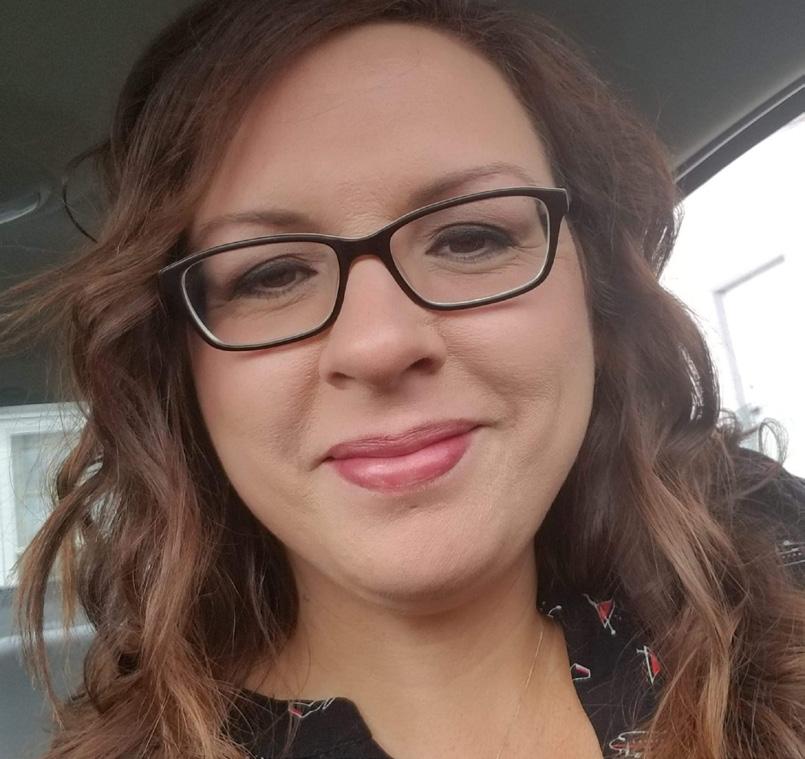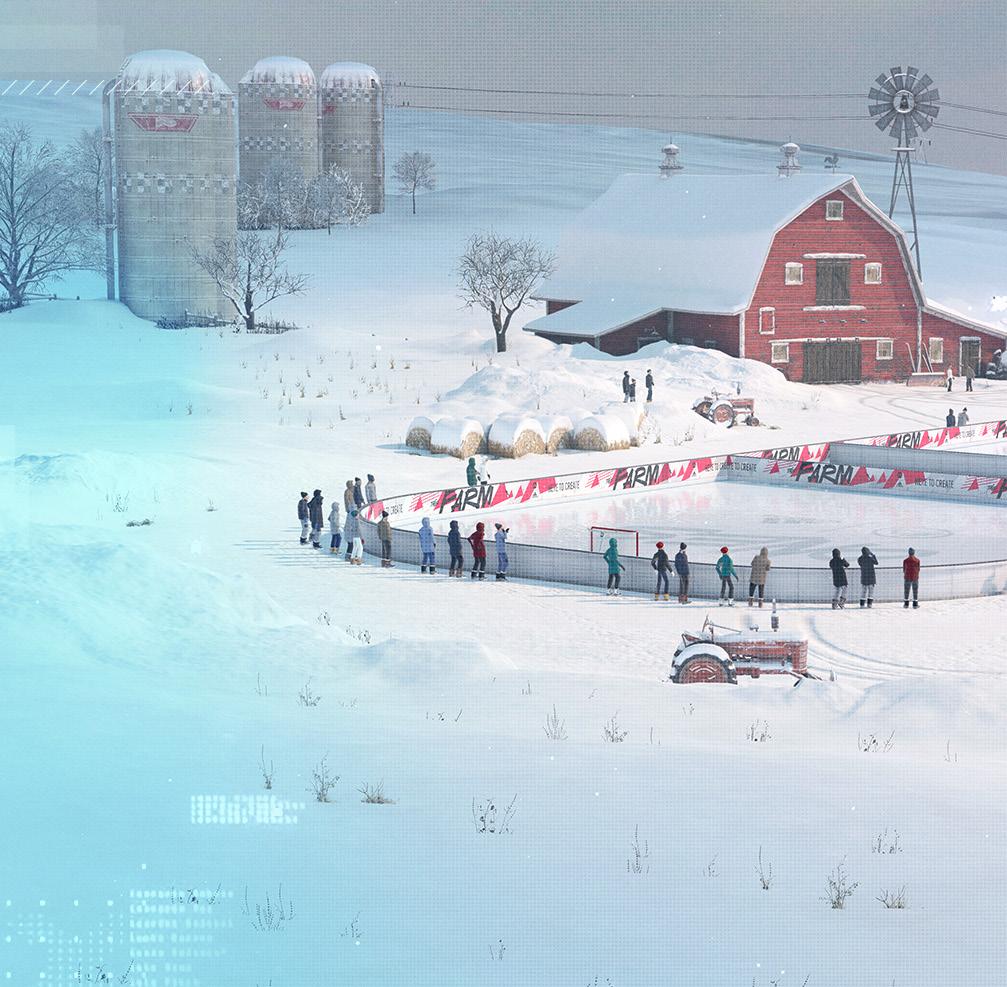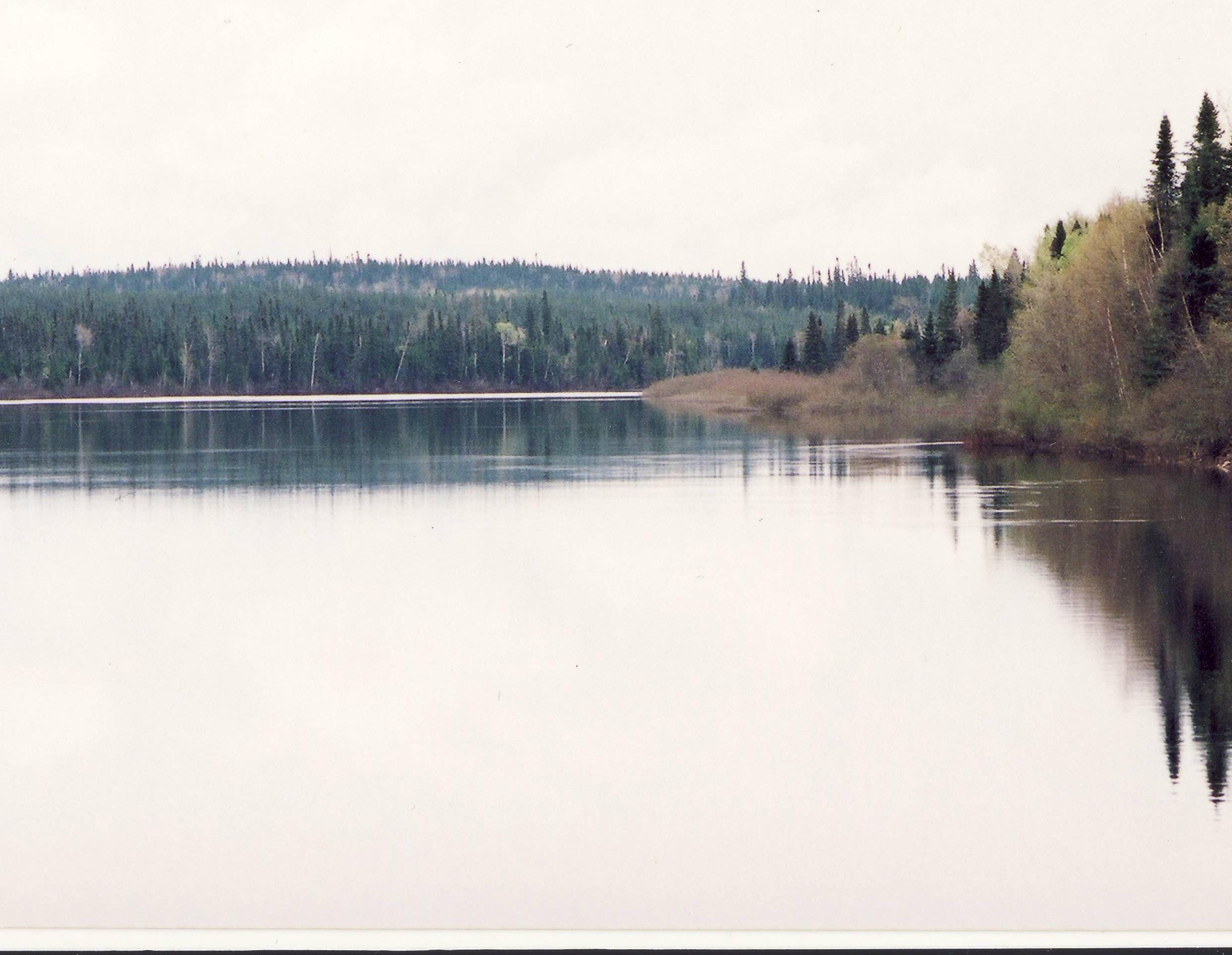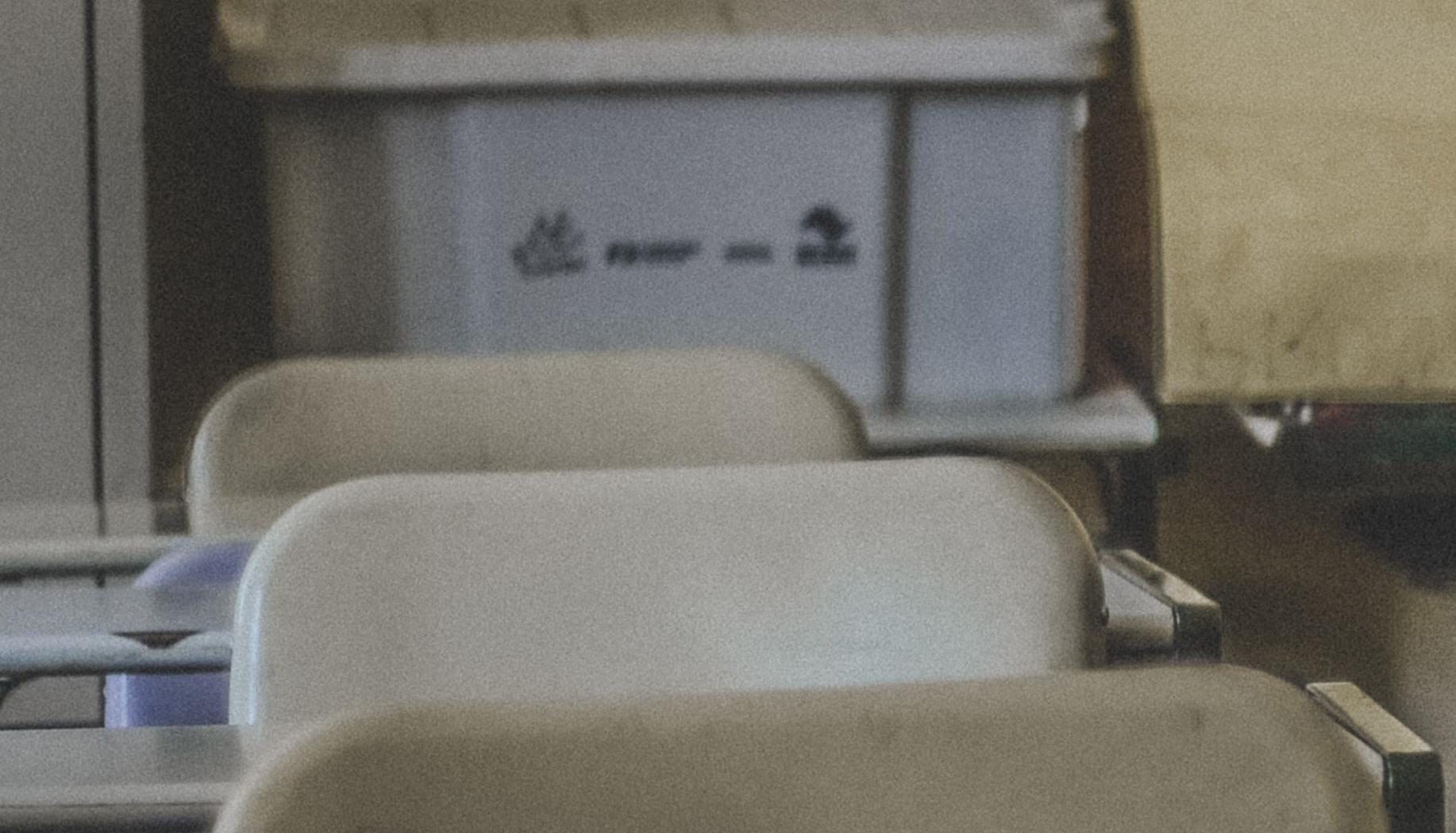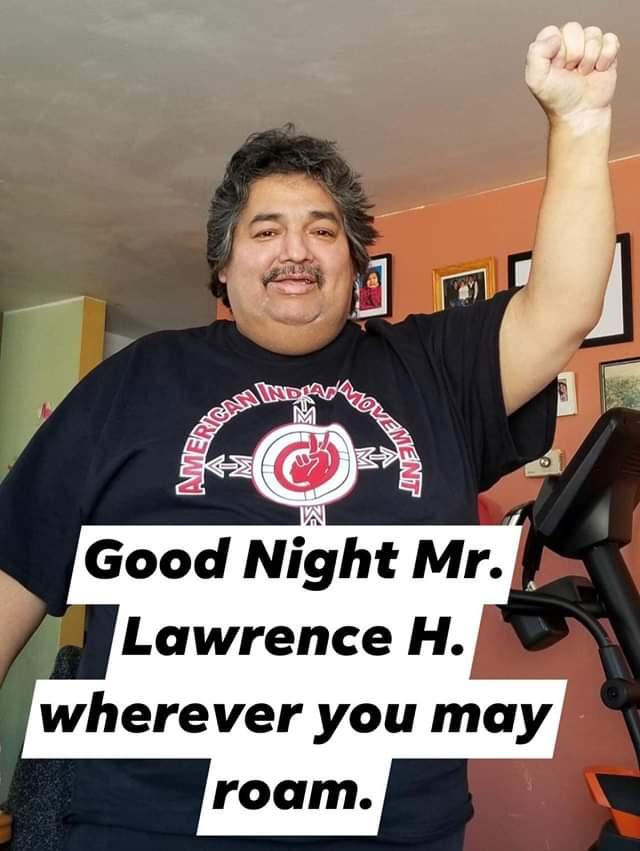
8 minute read
Charting lost childhoods
Dr Raven Sinclair and co founders of Sixties Scoop Network Elaine Kicknosway and Colleen Hele Cardinal

Advertisement





GIS mapping project will visualize 60s Scoop displacements
by Patrick Quinn
While the recent announcement of interim payments for eligible Sixties Scoop survivors as part of a $750 million class-action settlement may bring some a sense of closure, there remain many unresolved issues for those whose traditional culture and homeland were taken from them during childhood.
From the 1950s until well into the International will soon be launching the 1980s, tens of thousands of Indigenous project in partnership with the Sixties children were systematically removed Scoop Network, formerly known as from their homes and families, placed the National Indigenous Survivors in foster homes and eventually adopted of Child Welfare Network, and Dr. out to white families Raven Sinclair’s from across Canada Pe-kīw win Project. and beyond. A new project intends to raise awareness about the worldwide scope of this Visualizing this data in an interactive world map is not only eye-open“I know there’s a need to show what it actually looks like trafficking Indigenous displacement while ing for website children from one providing important viewers but also place to another,” resources for survienables researchers explained Sixties vors. In our own Words: Mapping the Stories of 60s Scoop Survivors Diaspora is an innoand Indigenous communities to identify regional trends about where children were taken Scoop Network co-founder Colleen Hele-Cardinal. “I think once people see that, they’ll get it. They’ll be like, vative Geographic and where they ‘How could Canada Information System ended up do this?’” (GIS) mapping platThe voluntary form to help surproject enables vivors share their survivors to directly stories and visualize their moveinput the amount of biographical informents around the world. Amnesty mation they are comfortable with and
to decide if it will be publicly accessible. Their section can include short videos, pictures and a brief narrative. They also have the option of uploading pictures or other details about family members they may be seeking.
Visualizing this data in an interactive world map is not only eye-opening for website viewers but also enables researchers and Indigenous communities to identify regional trends about where children were taken and where they ended up. There are already points showing adoptees across Canada, the United States, Europe, Australia and even India.
“We’ve had folks taken all over the world,” Hele-Cardinal said. “A lot of adoptees taken to Europe try to repatriate but still have not been successful. Some don’t even know they were part of the Sixties Scoop because they’ve been so assimilated – they might not even know they’re Indigenous.”
Hele-Cardinal didn’t know she was Indigenous until informed by her adoptive mother when she was 12 or 13. She was just a baby when Canadian government authorities took her and her two older sisters from their home in Alberta’s Saddle

Lake Cree Nation and placed them with a white family in Ontario, who had selected them from a catalogue.
The sisters suffered physical, emotional and sexual violence from their adoptive father. One after the other, they fled the home by the time they had turned 15. When Hele-Cardinal joined an older sister who had found their birth parents in Edmonton’s downtown skid row, it confirmed the worst stereotypes about Indigenous people she had internalized growing up.
“The reality is those reunions are not happy endings,” said HeleCardinal. “There’s a huge culture shock going from a middle-class home to where everyone who looked like me was on the street drinking. It wasn’t until I went back to college at 28 that I had my first taste of culture. It filled a space in my heart that I didn’t even know was missing.”
After moving to Ottawa, she gradually met several other Sixties Scoop adoptees and in 2014 they decided to host a gathering, drawing 65 survivors from across the country. As she contacted thousands of survivors across the world during four national gatherings, she was inspired to create a visual tool to track their displacements.
“This mapping project is very dear to my heart,” Hele-Cardinal said. “It’s been a labour of love but it’s hard to get funding for GIS mapping. People don’t see it as valuable because it’s technology. It’s not considered storytelling as an art form, which it is. We’re in the final phase of making sure it’s working, embedding all the sponsors, things like that.”
It is intended to expand over time with resources for survivors to find support in repatriating, counselling, locating other Sixties Scoop groups across Canada and reclaiming culture. Hele-Cardinal asserted that the latter is a scary prospect for many adoptees after so many years of assimilation.
“When you’ve been brainwashed to be a white person, you have to work every day to remember who you are,” she emphasized. “It doesn’t come naturally. For most of my life, I’ve performed as a white person so I could fit in. After a while, you start to hate yourself because you don’t even know who you are.”
Working with Amnesty International provides a global platform to bring attention to this enormous injustice. While prime ministers have apologized for the residential school system, Hele-Cardinal feels the Sixties Scoop has yet to be properly acknowledged. She wants Canada to ask for forgiveness from survivors.
“More work needs to be done in policy, driven by folks with lived experience,” she asserted. “Residentialschool survivors suffered tremendous abuses, but at least they got to keep their name and see other brown kids. We were literally plucked out of our environment. We have no connection to our kinship or our land.”
Hele-Cardinal has recently stepped back from the Sixties Scoop Network and is returning to school to study criminology. She’s interested in exploring the disproportionate imprisonment of Indigenous people with unresolved trauma resulting from the child welfare system.
However, her heart will always be with Sixties Scoop survivors, ensuring their stories are heard and advocating for justice. A second stage of the mapping project involves handson workshops in cities where adoptees are known to have been taken, using this visual tool to represent their lives and perhaps regain some of which was lost.
“In some ways I’ve had closure in my own personal life,” observed Hele-Cardinal. “In order for us to heal, we need to share our stories and work together to learn from this. I really feel like culture saves life. Being reconnected to culture can fill that void in our life that we may not even realize is missing.” www.sixtiesscoop.geoforms.ca















































